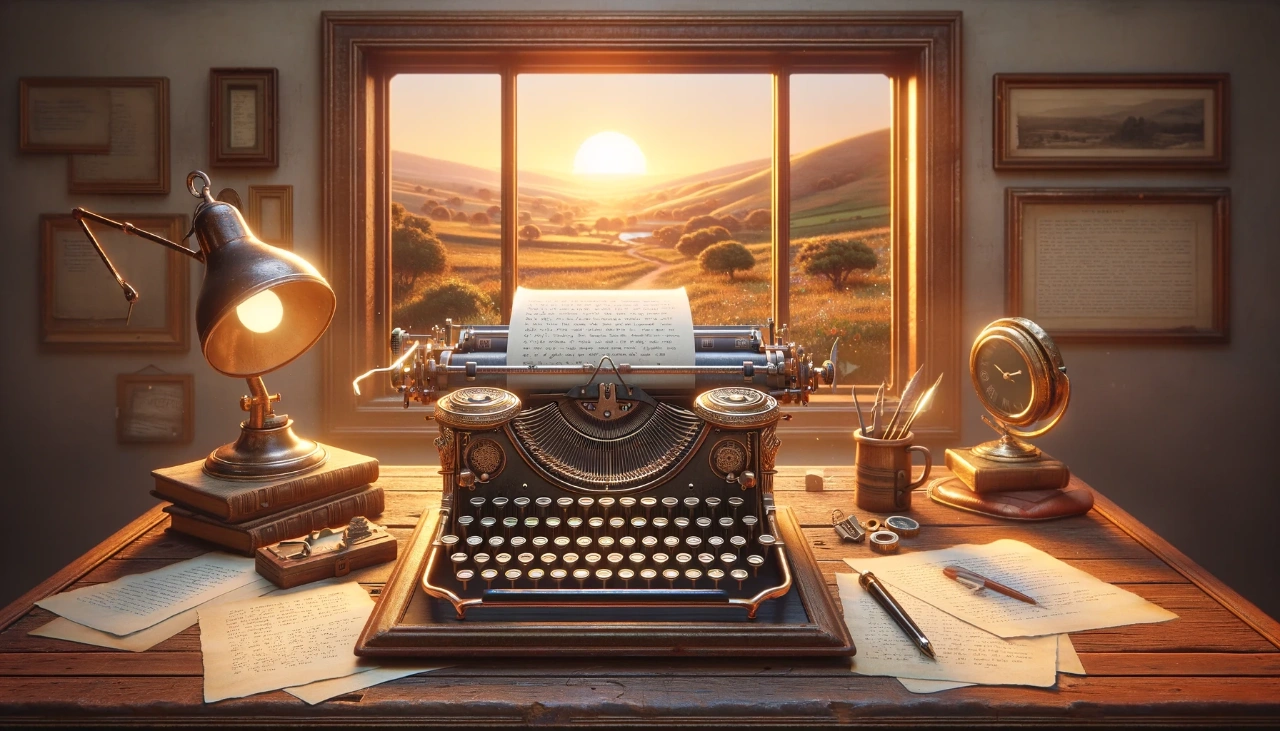n the dynamic and ever-evolving field of artificial intelligence, Google Bard has emerged as a groundbreaking innovation, distinguishing itself through its ability to produce text of a quality akin to that created by humans. This exceptional language model is underpinned by advanced machine-learning technologies, marking a significant leap in our capabilities to both create and interact with textual content.
For those engaged in the art of writing, Google Bard presents an invaluable asset. It serves as a potent ally in breaking through creative barriers, fostering the generation of novel and intriguing ideas. Writers, by offering specific prompts and directions, can effectively harness Bard’s capabilities to develop unique, captivating narratives. This tool is versatile, equally adept at aiding the creation of enthralling fiction and constructing engaging non-fiction. In either domain, Bard’s assistance can be pivotal in helping writers produce prose that is not only compelling but also deeply resonates with their audience. This synergy between human creativity and artificial intelligence opens up new horizons in the realm of storytelling and content creation, promising a future where the boundaries of imagination are continually expanded.
Storytelling with Google Bard: A Step-by-Step Guide
To harness the storytelling prowess of Google Bard, follow these steps:
Define Your Story’s Purpose: Begin by determining the goal of your story. Are you aiming to entertain, educate, or persuade? Having a clear purpose will guide your writing process and ensure your story aligns with your desired outcome.
Develop Engaging Characters: Characters are the heart of any story. Use Bard to create well-rounded characters with distinct personalities, motivations, and flaws. These characters will drive your narrative and captivate your audience.
Craft a Compelling Plot: The plot is the backbone of your story, guiding the characters’ journey. With Bard’s assistance, develop a plot that is both engaging and meaningful. Introduce conflicts, obstacles, and challenges to keep your readers hooked.
Immerse Your Readers in Vivid Settings: Setting provides the backdrop for your story, influencing the atmosphere and tone. Use Bard to paint vivid descriptions of your settings, transporting your readers into the heart of your narrative.
Refine and Polish Your Prose: Once you have a rough draft, use Bard’s editing capabilities to refine your writing. Polish your prose, ensuring clarity, conciseness, and a consistent narrative voice.
Harnessing Bard’s Unique Storytelling Capabilities
Google Bard offers several unique features that make it an invaluable tool for storytelling:
Diverse Narrative Styles: Bard can adapt its writing style to suit various genres, from whimsical children’s stories to gripping thrillers.
Cross-Cultural Storytelling: Bard’s knowledge of diverse cultures enables it to craft stories that resonate with audiences worldwide.
Interactive Storytelling: Bard can create interactive storytelling experiences, allowing readers to influence the story’s direction.
The Future of Storytelling with Google Bard
As Google Bard continues to evolve, its storytelling capabilities will become even more sophisticated. Writers can anticipate even more powerful tools for generating creative text formats, including poems, code, scripts, musical pieces, email, letters, etc.
Moreover, Google Bard’s ability to learn and adapt will enable it to generate increasingly personalized and engaging stories, tailored to each reader’s unique preferences.
Summary
Filed Under: Guides
Latest aboutworldnews Deals
Disclosure: Some of our articles include affiliate links. If you buy something through one of these links, aboutworldnews may earn an affiliate commission. Learn about our Disclosure Policy.







